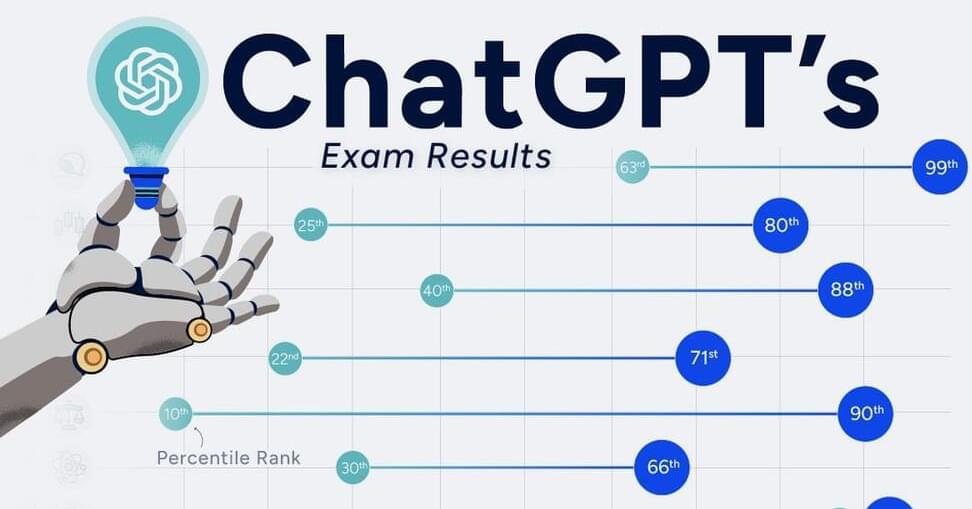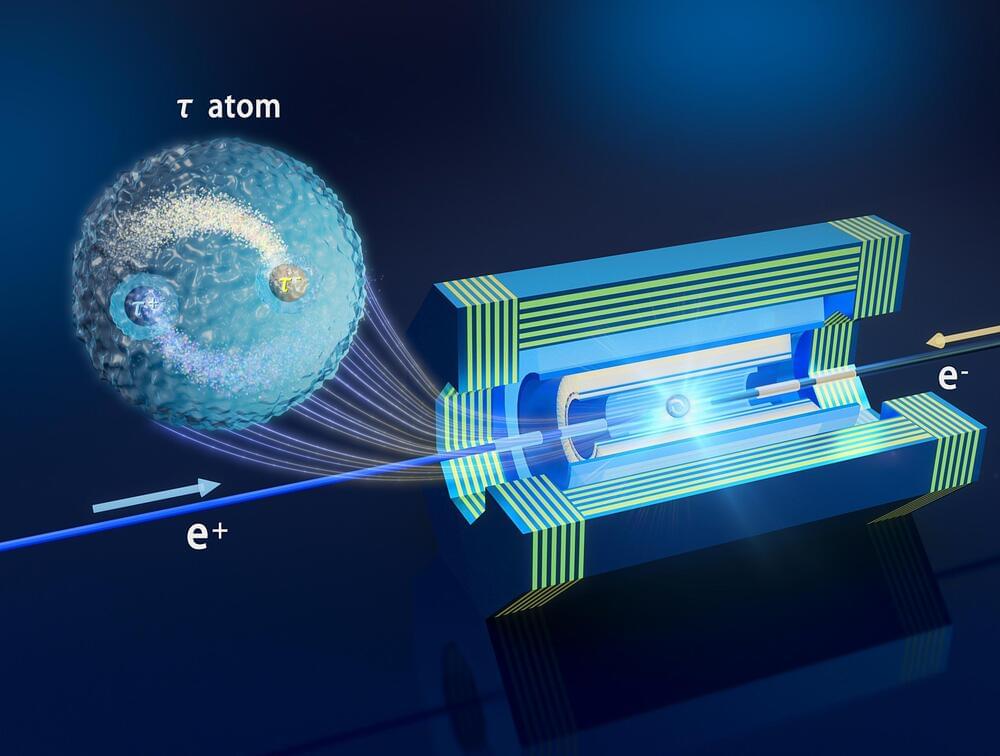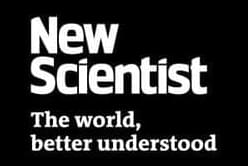May 20, 2024
Scarlett Johansson says she is ‘shocked, angered’ over new ChatGPT voice
Posted by Cecile G. Tamura in categories: entertainment, robotics/AI
OpenAI CEO Sam Altman, who has said the 2013 Spike Jonze film is his favorite movie, invited comparisons by posting the word “Her” on X after the company announced the new ChatGPT version. But later, OpenAI executives denied any connection between Johansson and the new voice assistant.
Then the company suddenly dropped the voice.
In a post on X just before midnight Pacific time Sunday, OpenAI said the voice would be halted as it addresses “questions about how we chose the voices in ChatGPT.” A company spokeswoman would not provide further detail.


















